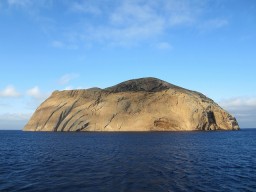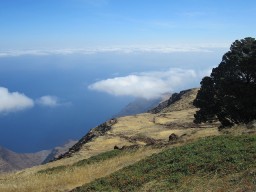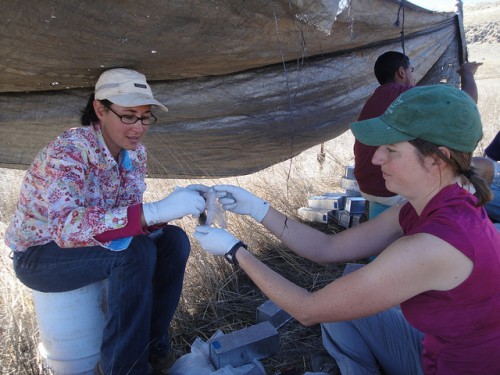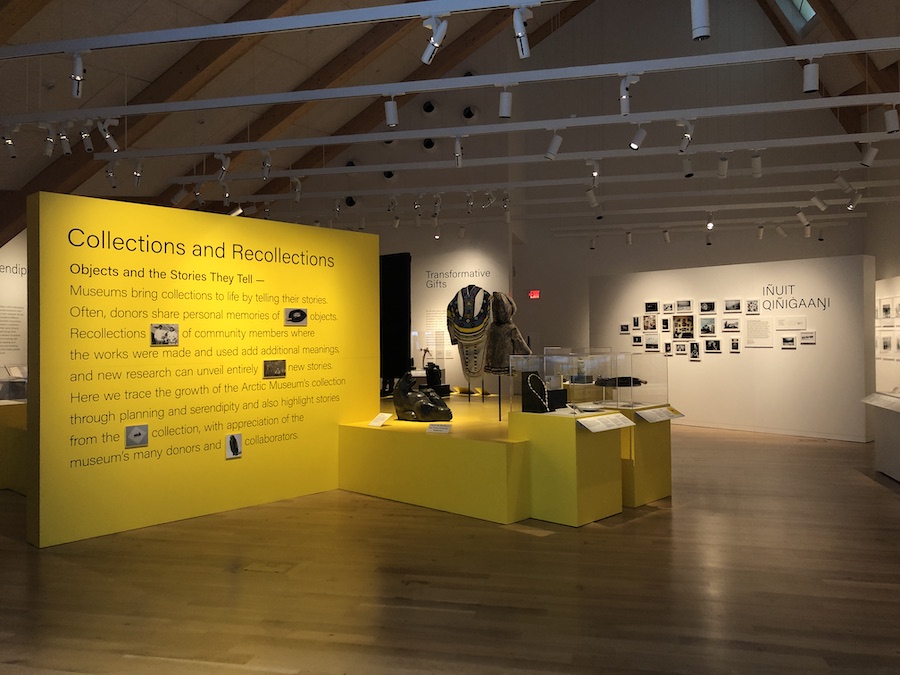To Catch a Goat: An Interesting Approach to Invasive Species Eradication
By Tom Porter
About 15 years ago, scientists in Mexico decided it was time to get rid of the goats on Isla Guadalupe, the country’s westernmost Island about 150 miles beyond the Baja peninsula. It’s a remote, volcanic, sparsely populated but sizeable island that was once lushly vegetated in parts. Then, in the mid-19th century, goats were introduced to the island by American and Russian sailors, fishing for whales and seals.
“The goats were seen as a way of establishing a reliable source of meat on an island that was regarded as otherwise fairly barren,” says Emily Wanderer, visiting assistant professor of anthropology. “The whalers thought, ‘we’ll leave some goats here, let them breed, then when we return, they’ll be a ready food supply.’ “

The problem with this, she says, is that goats are not native to the island and are voracious herbivores: “They’ll eat everything, so trees and forests started to disappear as the goats munched their way through all the vegetation, slowly turning island into a desert. Also this de-vegetation creates a lot of erosion.” Eventually, in a bid to restore the island’s ecology to its natural state, an NGO called Grupo de Ecología y Conservación de Islas (with the support of the Mexican government), embarked on a successful campaign to wipe out Guadalupe’s goat population.
Wanderer spent time doing fieldwork and conducting research on the island when the eradication program was underway a few years ago, and it’s a subject she tackled in the recent faculty seminar “Slaughterhouse, Fieldsite, Laboratory: The Place of Science in Invasive Species Eradication in Mexico.”
Before they can exterminate Guadalupe’s 10,000 to 15,000 goats, the scientists have to locate them: a difficult task on this rugged island, which measures about 22 miles by six with very few humans on it. “To find the goats,” Wanderer explains, “they decided to recruit some members of the island goat population.” These animals, known as Judas goats for reasons that will become apparent, were captured, sterilized, tagged, then released back into the island’s wilderness.

“Goats are social animals with a strong herding instinct,” she says, “and they’re really good at finding one another.” So, in an unwitting act treachery, these goats led the animal control teams to where other goats could be found, and then killed. Once one herd is eliminated, she explains, the Judas goats are then released into the wild again to find and ‘betray’ more of their cloven-hoofed ‘friends.’
Wanderer describes the goat program as an incredible success: “About 10,000 goats have been eradicated and the island has made an incredible comeback in the last few years. Trees have grown back and plant species thought to be extinct have started to return more quickly than expected.”
Conservationists are using similar techniques to try to eradicate Guadaulpe’s mouse population, which was also introduced to the island by visiting ships, albeit unwittingly, unlike the goats. Wanderer says the mice are “problematic because they eat plant seeds and also bird eggs, which is bad news for the sea birds that nest there.” The mouse program, she says, is still ongoing.
Isla Guadalupe is home to a small fishing community, and Wanderer says there was some initial opposition from them to the goat eradication program because they liked to eat goat meat. “But later they accepted it and were excited by the rejuvenation of the island,” she says, adding that the island is now regarded as a better place to live. “For one thing,” she adds, “there are better water resources because there’s no run off anymore thanks to the increased plant growth.”
As an anthropologist, Wanderer says she’s interested in this kind of “multi-species ethnography” as it’s called. “Anthropology is the study of human lives,” she says, “but we also need to think about how the lives of humans are shaped by the animal and plant life around them.” Furthermore, she adds, “it’s important to note how increasing awareness of concepts like bio-diversity enable people to interact with the land in new ways: not just asking question like ‘can it yield productive meat for us?’ But accepting that a place can be simply valuable in itself, for what it is.”



